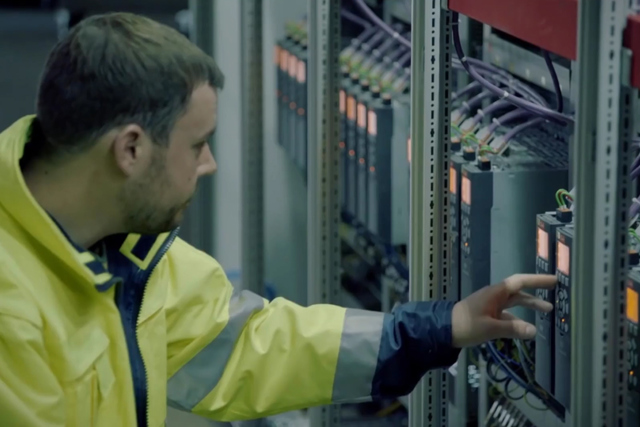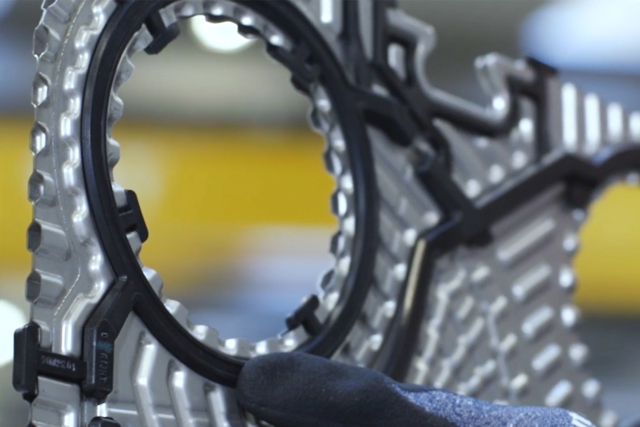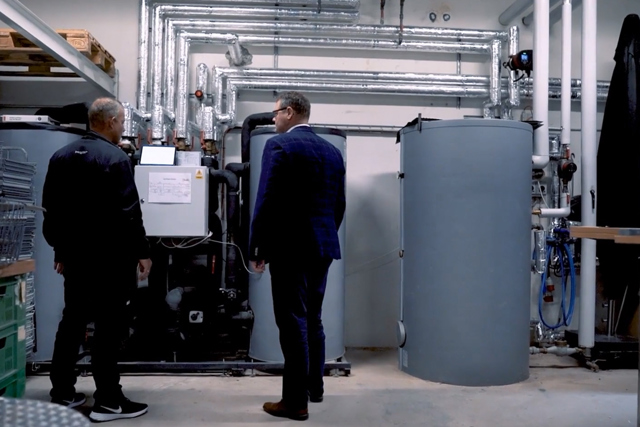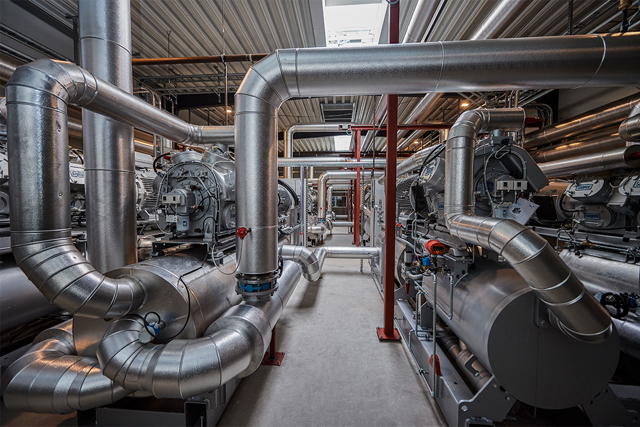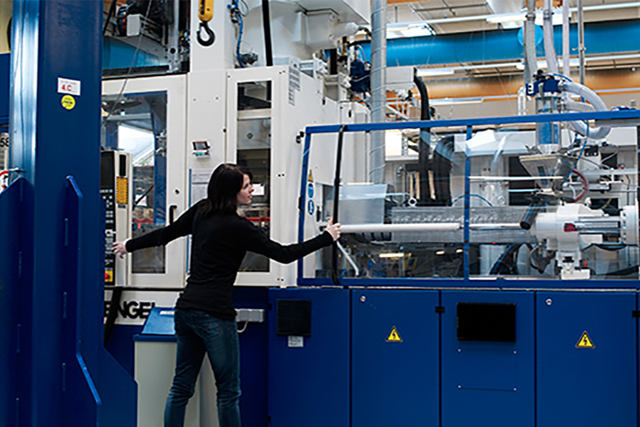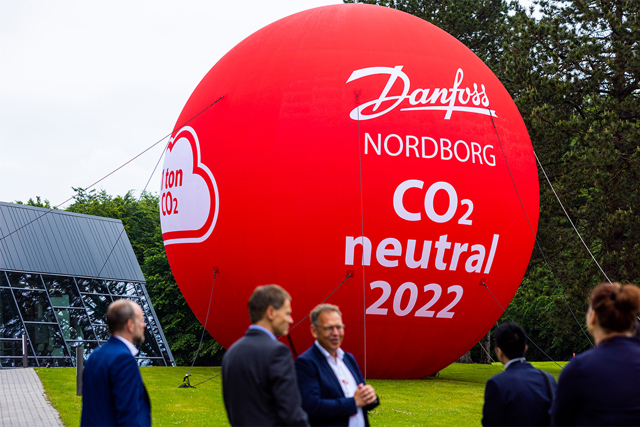Expert deep dives
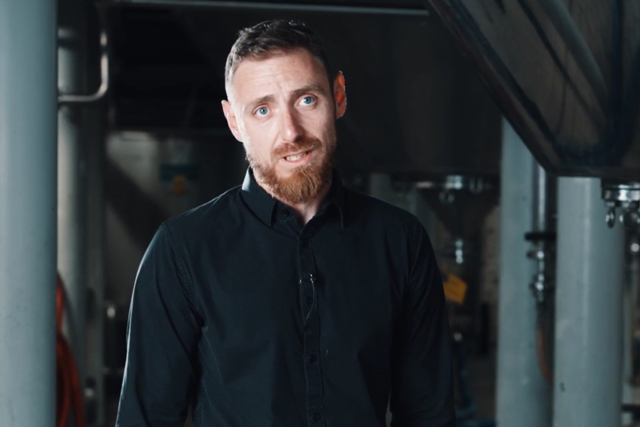
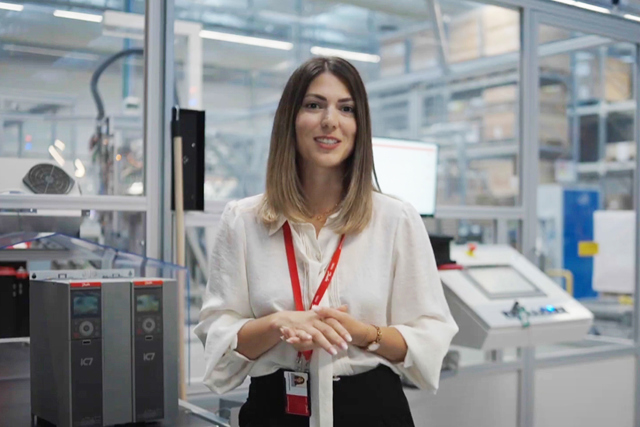
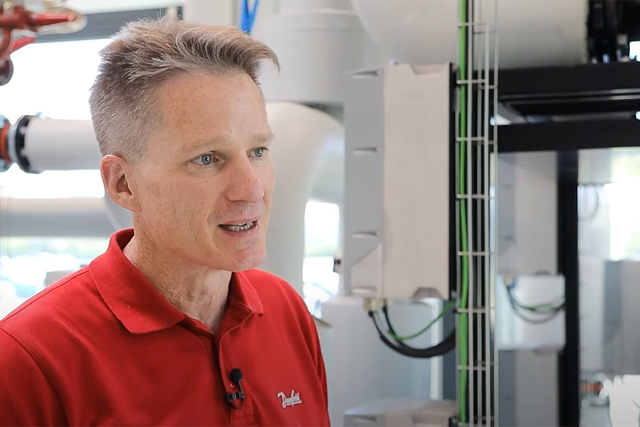
Solutions in Episode 1
Intro to Decarbonization Explained
Close partnerships have never been more important. We need deeper collaboration across the entire value chain to systemically drive down emissions fast enough to meet the overarching goal of the UN Paris Agreement.
In our new Decarbonization Explained series, we bring together industry experts, partners, and customers to share best practices on how we can speed up decarbonization across sectors. Like other popular explainer video series, we take you in-depth on the topic, looking at it from many angles to show the big picture and the red thread that ties everything together.
We have the solutions and technology needed to accelerate the green transition. Let's engineer tomorrow to build a better future.

Visit our carbon-neutral factory in Poland
Welcome to our modern visitor center, where you can see how our energy-saving technological installations work in practice.


